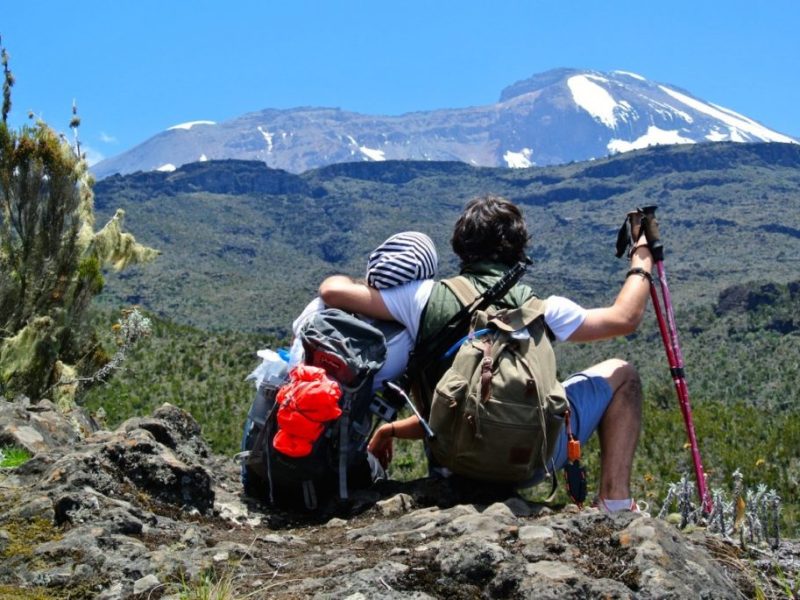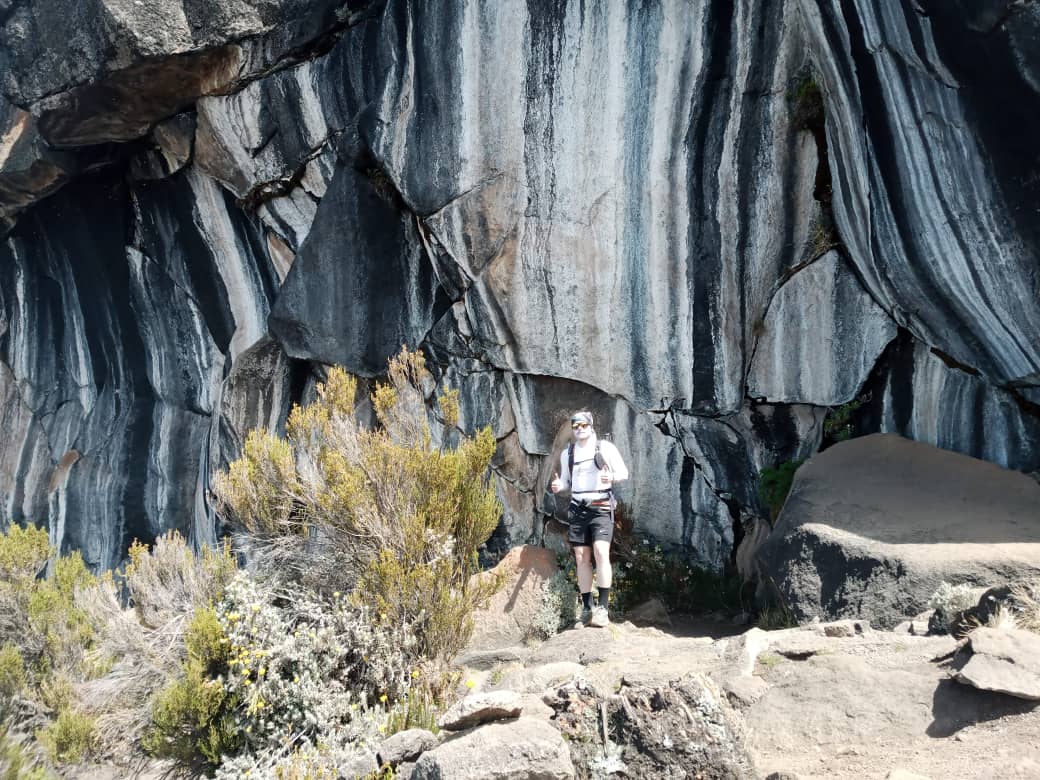The Hadza, or Hadzabe, are an indigenous ethnic group in north-central Tanzania, living around Lake Eyasi in the central Rift Valley and in the neighboring Serengeti Plateau.
The Hadza are not closely genetically related to any other people. While traditionally classified with the Khoisan languages, primarily because it has clicks, the Hadza language appears to be an isolate, unrelated to any other.

As descendants of Tanzania’s aboriginal hunter-gatherer population, they have probably occupied their current territory for thousands of years, with relatively little modification to their basic way of life until the past hundred years. They are among the last hunter-gatherers in the world.
Day 1: Arusha – Lake Manyara National Park
After breakfast depart by road to Lake Manyara National Park. The game in this petite park is plentiful and the magnificent bird watching will make a devotee out of even the most reluctant.
It is also one of the very few places in Africa to see tree-climbing lions, which we may declare our day’s quest, being so thoroughly sated with the big herds of preceding parks. Manyara’s great shock of pink flamingo’s will also delight.
Day 2: Lake Manyara – Drive to Lake Eyasi (Hadza Culture Tour)
A lovely drive takes us to Ngorongoro Crater and then to Lake Eyasi on a very rough trail for 2 hours drive; the road circumnavigates the Ngorongoro crater and head south west to Mongola Village; have a contact to local tribesmen and impression of Barabaig / Hadza / San tribes.
The Hadza number just under 1000. Some 300–400 Hadza live as hunter-gatherers, much as their ancestors have for thousands or even tens of thousands of years; they are the last functioning hunter-gatherers in Africa.
Our accommodations are at Kisima Ngeda Tented Camp situated on the shores of Lake Eyasi, with sweeping views toward the Rift.
Day 3: Walking with Hadza in Lake Eyasi Bush
Very early morning (0545am) you’ll drive to the dwellings of the famous Hadzabe tribe in the bush for cultural interaction. Join the Hadza tribe and go to forage, and during the course of day eat while foraging, and also bring back some honey, fruit, or wild game when available.
While traditionally considered an East African branch of the Khoisan peoples, primarily because their language has clicks, modern genetic research suggests that they may be more closely related to the Pygmies.
Get an opportunity to walk with them and watch the way they hunt or collect honey and insects.
Find out more about this tour now!


Comment (0)